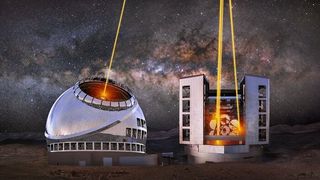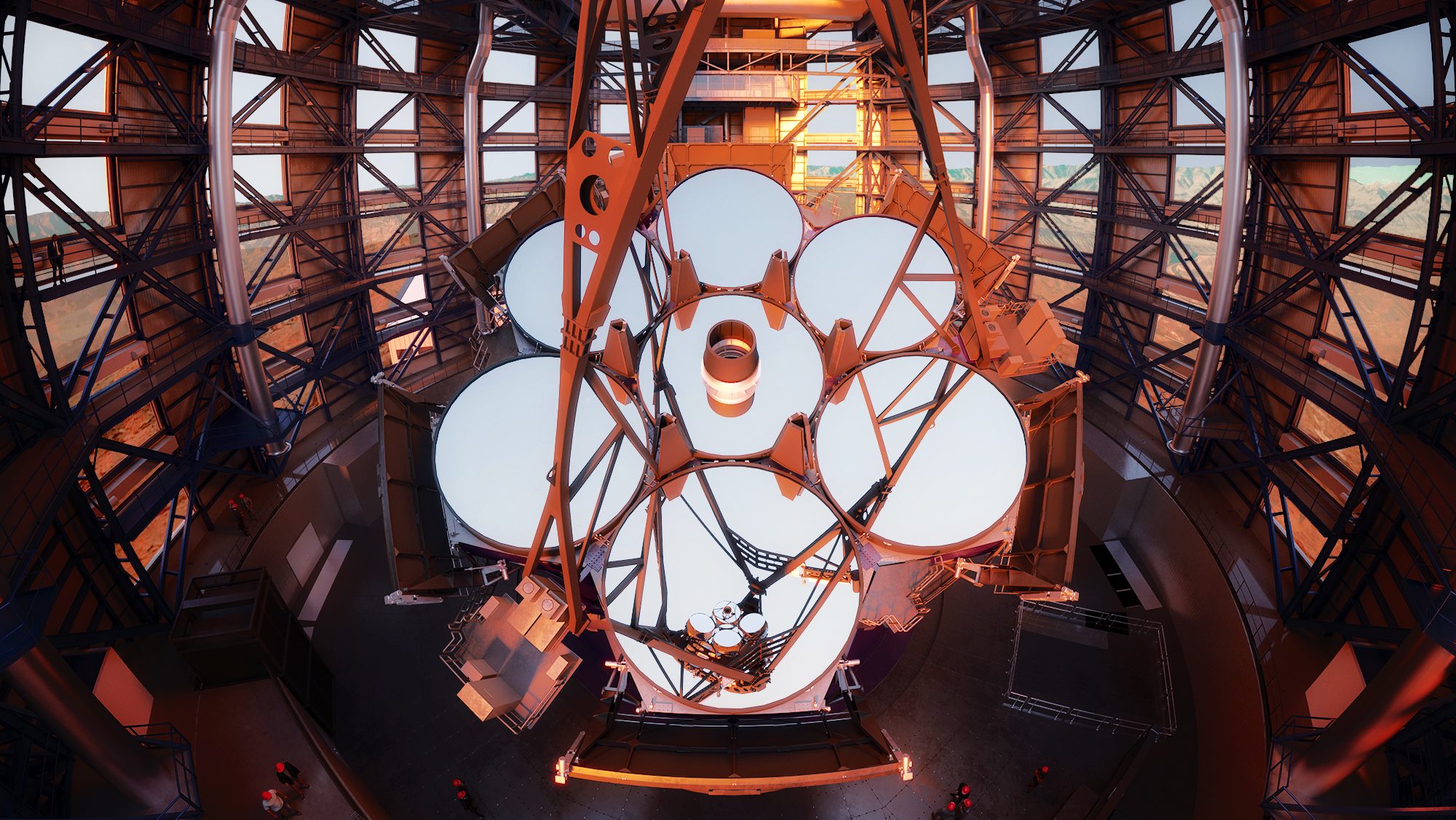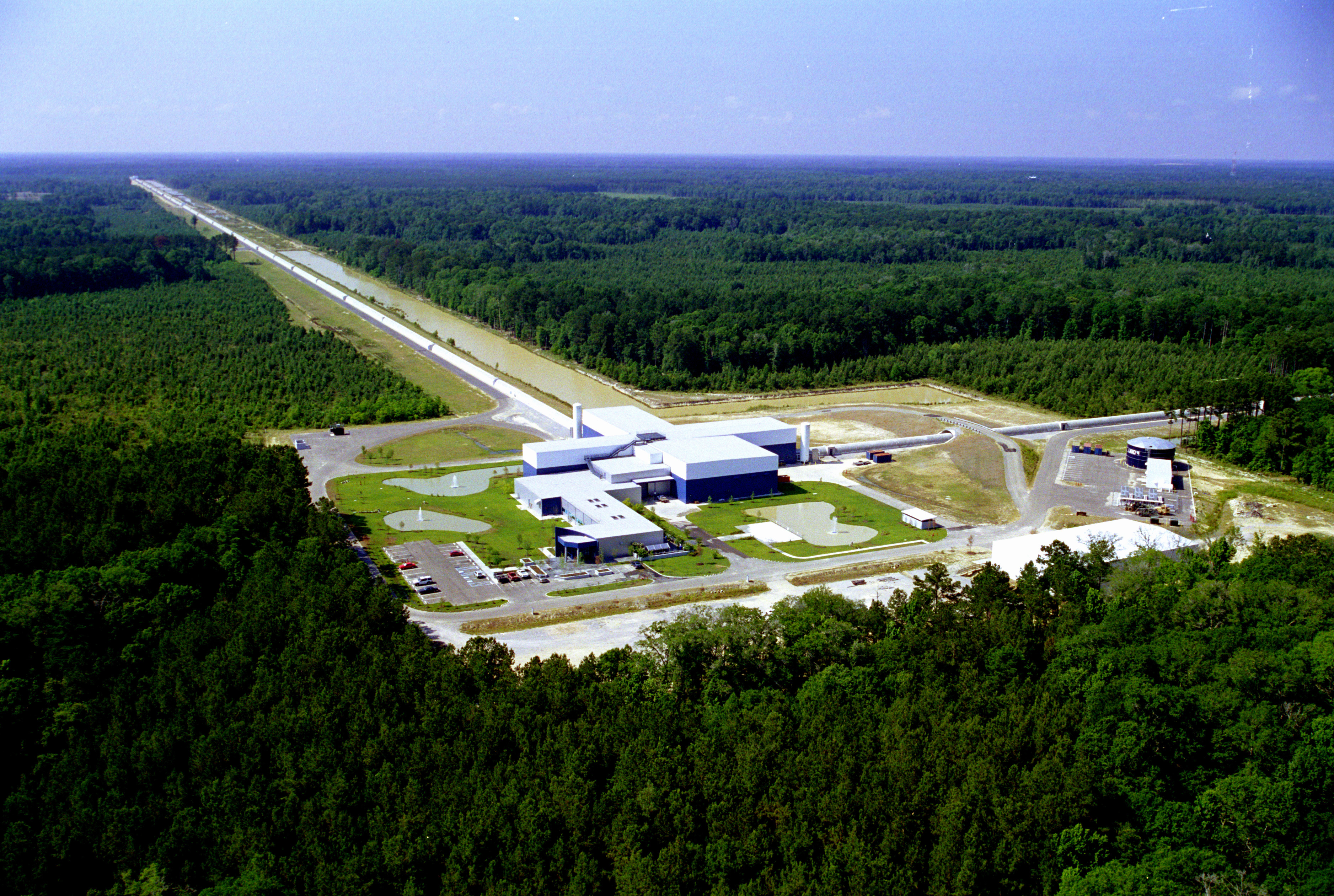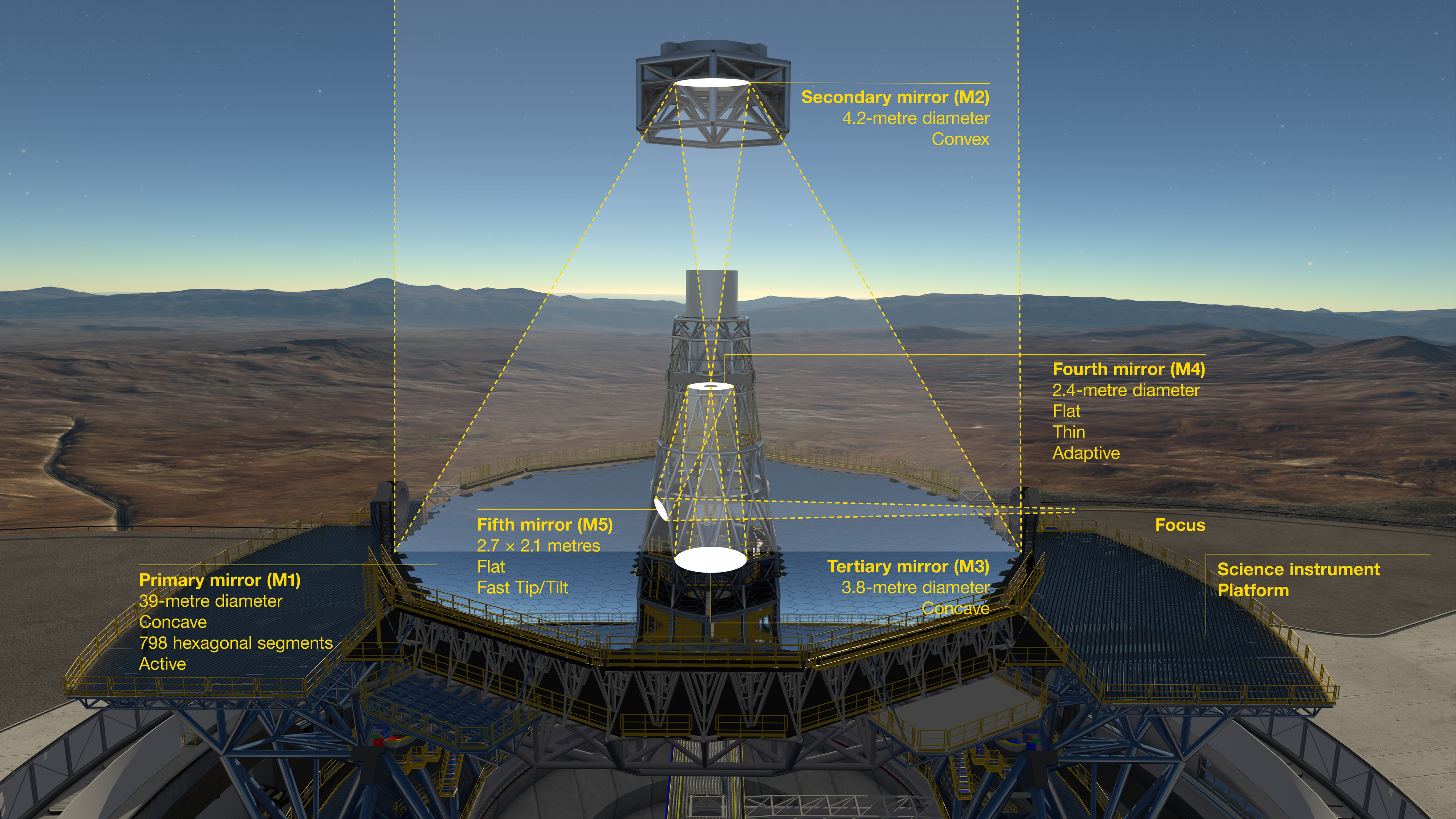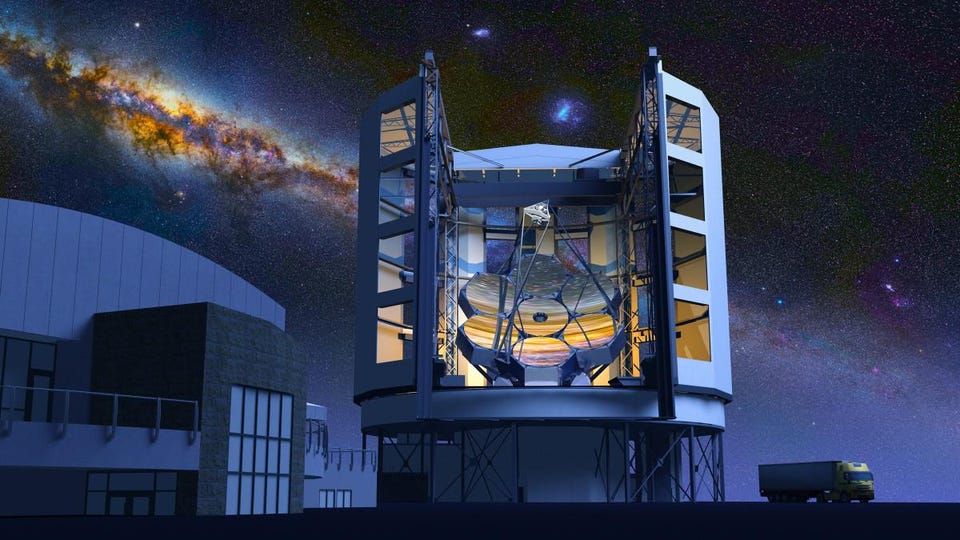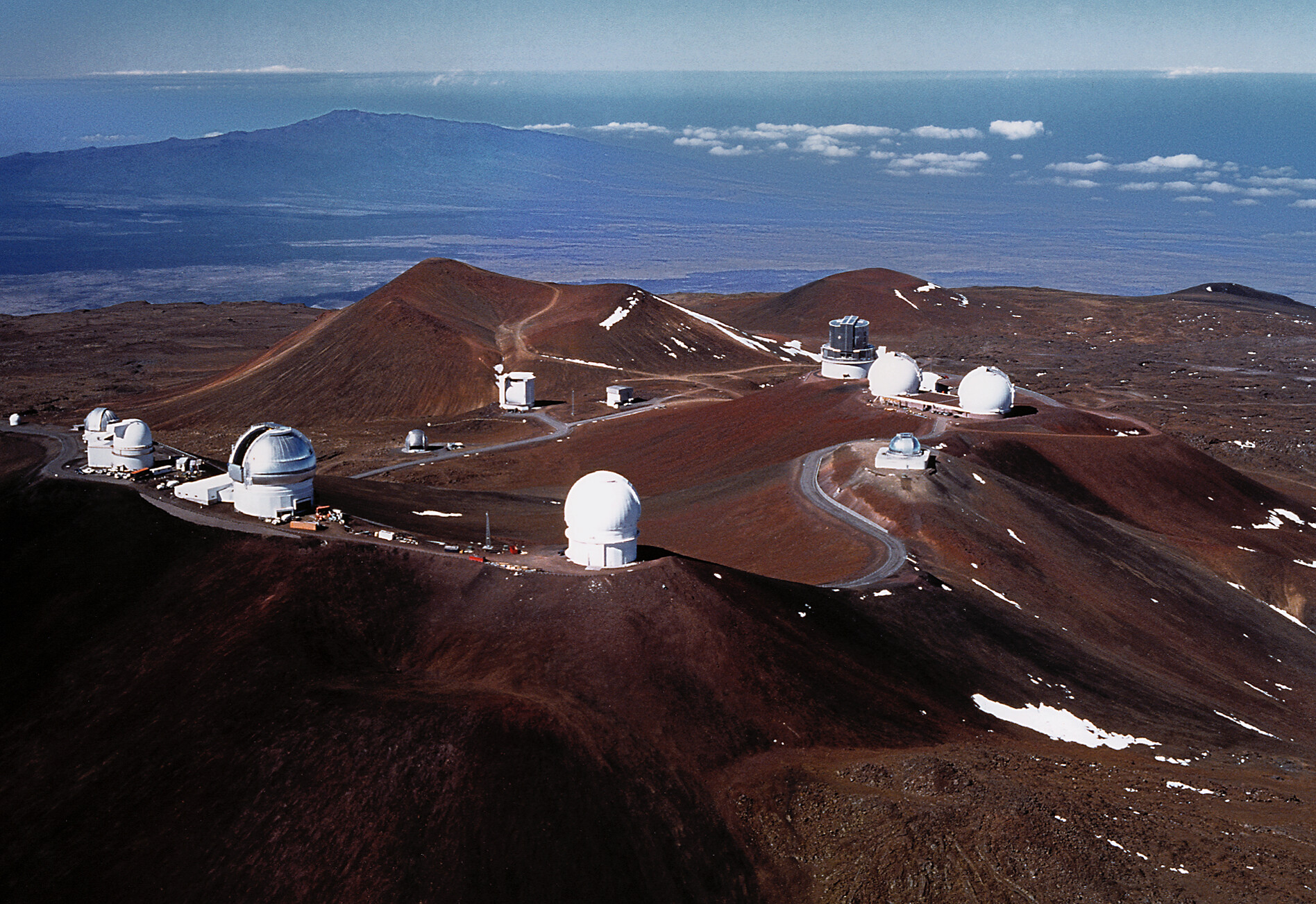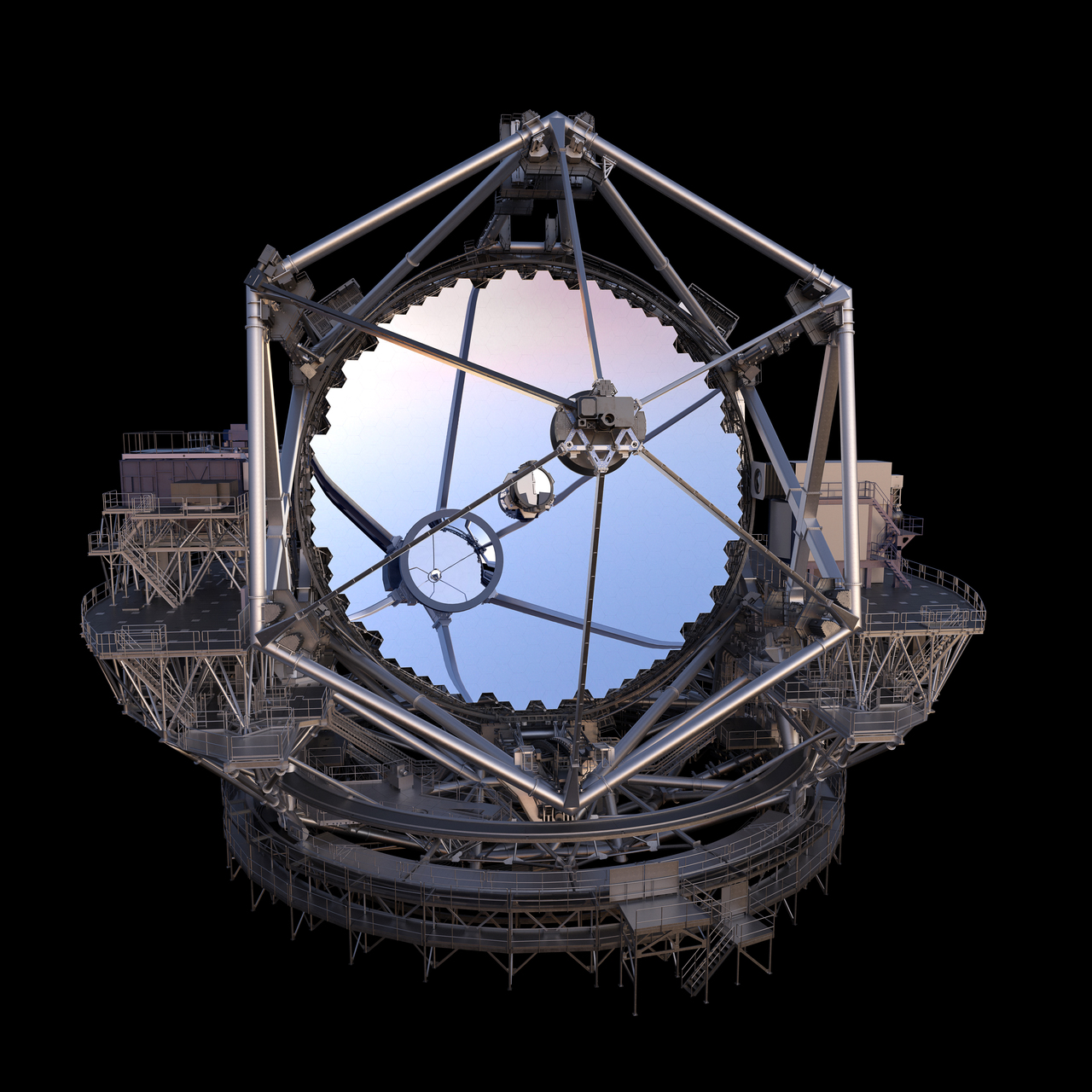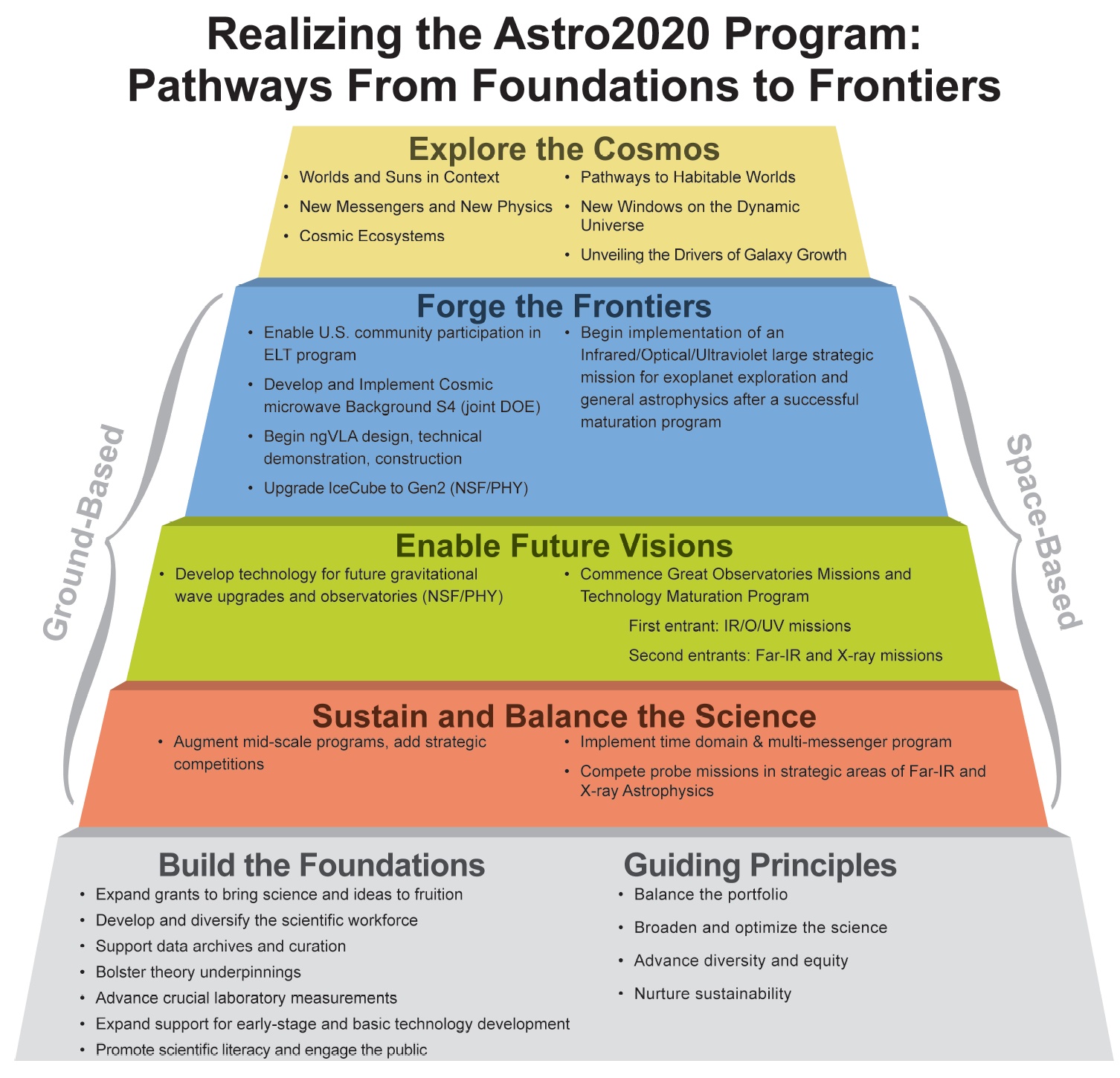By JENNIFER SINCO KELLEHER March 17, 2020

FILE - In this July 19, 2019, file photo, protesters continue their opposition vigil against the construction of the Thirty Meter Telescope at Mauna Kea in Hawaii The cost to build a giant telescope that's unpopular among many Native Hawaiians is now estimated to have ballooned by a billion dollars. "While an exact updated project cost will depend on when and where on-site construction begins for the Thirty Meter Telescope, the latest estimate for the TMT project is in the range of $2.4 billion in 2020 dollars," Gordon Squires, TMT vice president, said in a statement this week. Construction of one of the world's largest telescopes on Hawaii's tallest mountain, Mauna Kea, has been stalled by foes of the embattled project who say the telescope will desecrate land held sacred to some Native Hawaiians. (Bruce Asato/Honolulu Star-Advertiser via AP, File)
HONOLULU (AP) — The cost to build a giant telescope that’s unpopular among many Native Hawaiians is now estimated to have ballooned by a billion dollars.
“While an exact updated project cost will depend on when and where on-site construction begins for the Thirty Meter Telescope, the latest estimate for the TMT project is in the range of $2.4 billion in 2020 dollars,” Gordon Squires, TMT vice president, said in a statement this week.
Construction of one of the world’s largest telescopes on Hawaii’s tallest mountain, Mauna Kea, has been stalled by foes of the embattled project who say the telescope will desecrate land held sacred to some Native Hawaiians.
Protesters have stopped construction from going forward since mid-July.
“The increase of nearly one billion dollars is due to the delay in starting on-site construction in Hawaii, as well as inflation and world market cost increases for some construction items,” Squires said. “We will not know the true cost of the project until we finalize a construction site and do an analysis.”
Telescope officials have selected an alternate location in Spain’s Canary Islands if it can’t be built in Hawaii.
Hawaii is still the preferred site, regardless of the cost increase, Squires’ statement said.
TMT International Observatory Executive Director Edward Stone said each of the project’s partners, which includes Canada, India, Japan and China, would have to agree to go to the Canary Islands, the New York Times reported last week.
“We’re not there yet,” he said, though some partners were already willing to move while others wanted to wait and see what happens in Hawaii.
A final decision on the site was a few months away, said Gary Sanders, project manager for the telescope, according to the newspaper.
Japan suspended its yearly funding for the project. But it isn’t pulling out of participation.
Hawaii telescope protesters leave camp due to virus concern

FILE - In this Sunday, July 14, 2019, file photo, the sun sets behind telescopes at the summit of Mauna Kea. Opponents of the Thirty Meter Telescope project on Hawaii island have left their camp because of concerns over the spread of the coronavirus. The Honolulu Star-Advertiser reports the move came after more than eight months of nonviolent protests at the base of the Mauna Kea Access Road. (AP Photo/Caleb Jones, File)
HONOLULU (AP) — Opponents of the Thirty Meter Telescope project on Hawaii’s Big Island have pulled out of their camp due to concerns over the spread of the coronavirus.
The move came after more than eight months of nonviolent protests at the base of the Mauna Kea Access Road, The Honolulu Star-Advertiser reported Thursday.
Construction of one of the world’s largest telescopes on Hawaii’s tallest mountain, Mauna Kea, has been stalled by project opponents who say the telescope will desecrate land considered sacred by some Native Hawaiians.
The large tents erected last year as a warehouse, kitchen and instructional area were removed and protest supporters were asked to leave, protest leader Andre Perez said Wednesday.
“Because of the concern for human health and safety, we’ve decided to leave,” Perez said. “We feel that there’s no imminent threat from TMT, that’s our assessment, and so human health and safety is paramount for us.”
Protesters posted videos on social media saying medical professionals advised them to reduce travel and “stay in our bubbles and remain home” until the coronavirus threat passes.
For most people, the new coronavirus causes mild or moderate symptoms, such as fever and cough that clear up in two to three weeks. For some, especially older adults and people with existing health problems, it can cause more severe illness, including pneumonia and death.
Protesters successfully blocked the access road for more than five months. Law enforcement officials arrested 39 protesters on July 17 for obstructing the road during nonviolent demonstrations but never made another attempt to clear the road.

FILE - In this July 14, 2019, file photo, native Hawaiian activists gather at the base of Hawaii's Mauna Kea. Opponents of the Thirty Meter Telescope project on Hawaii island have left their camp because of concerns over the spread of the coronavirus. The Honolulu Star-Advertiser reports the move came after more than eight months of nonviolent protests at the base of the Mauna Kea Access Road. (AP Photo/Caleb Jones, File)
Hawaii County Mayor Harry Kim pledged in December there would be no police effort to remove protesters from the mountain and convinced telescope opponents to move tents and other equipment off the road.
Construction has not advanced since then because protesters continued to camp near the road and hold demonstrations.
Perez does not expect the departure of protesters will prompt officials to restart the project in the near future, although no promises were made.
“We have not gotten any pledges or any confirmation or agreement with them at all,” Perez said.
He added: “We’re confident that they’re not going to move with TMT during this time of pandemic crisis.”
AP NEWS
Construction has not advanced since then because protesters continued to camp near the road and hold demonstrations.
Perez does not expect the departure of protesters will prompt officials to restart the project in the near future, although no promises were made.
“We have not gotten any pledges or any confirmation or agreement with them at all,” Perez said.
He added: “We’re confident that they’re not going to move with TMT during this time of pandemic crisis.”
AP NEWS











